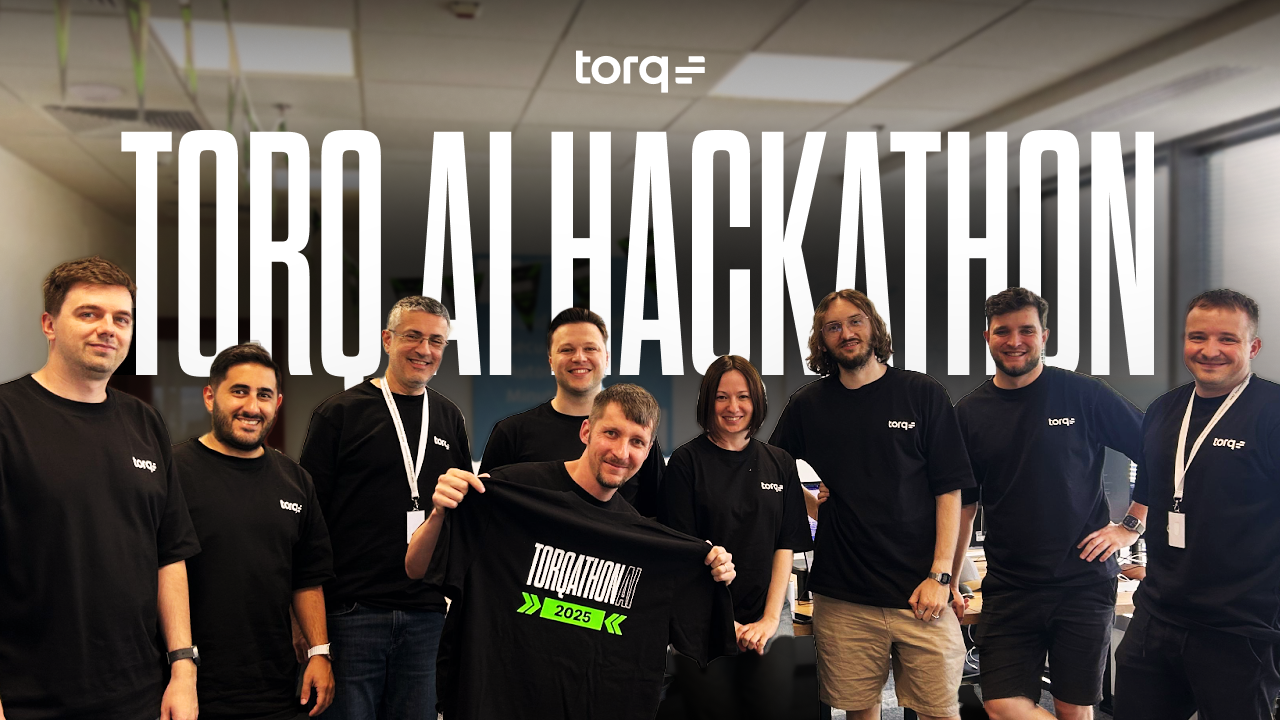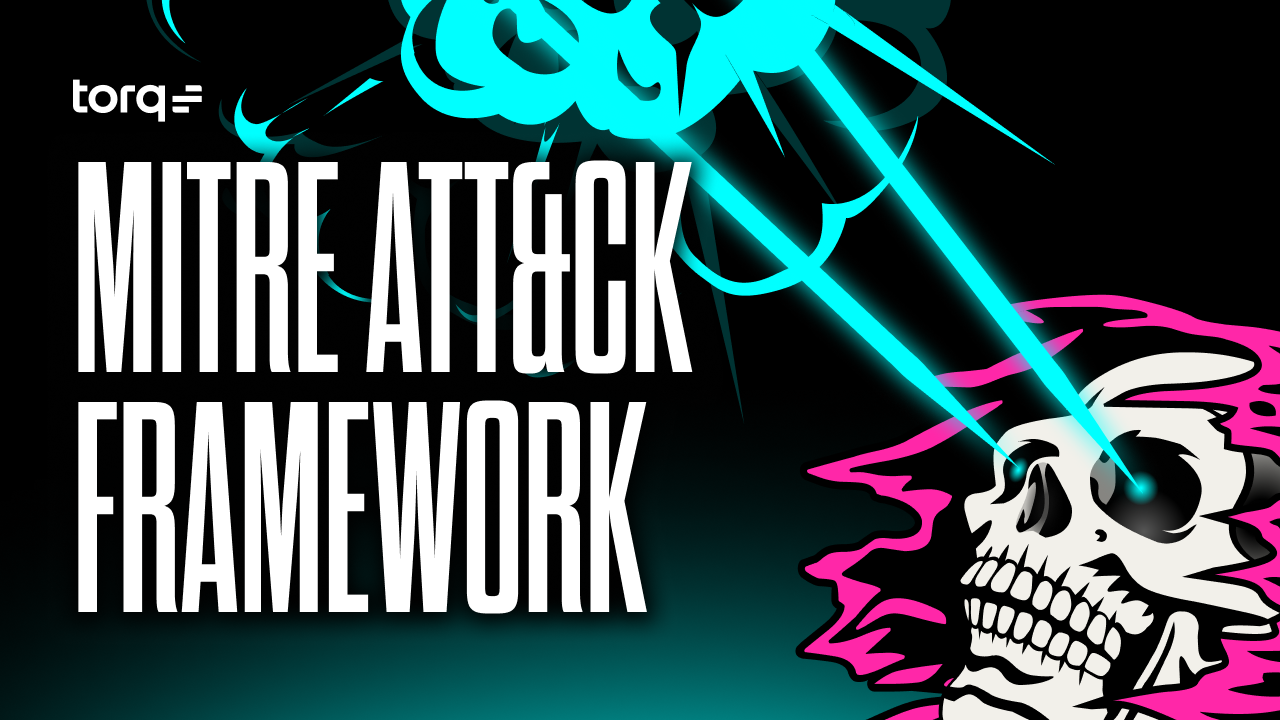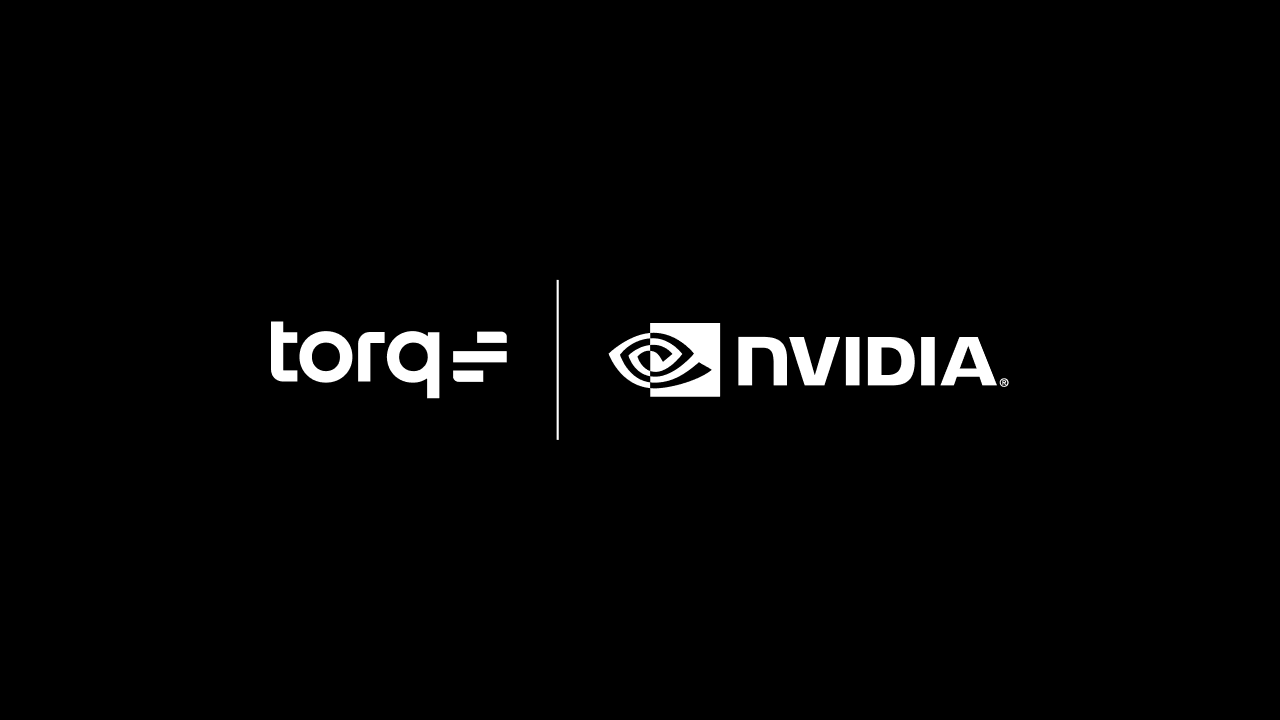Contents
Generative AI (GenAI) uses large language models (LLMs) to generate new content, synthesize data, and make context-aware decisions. In a cybersecurity organization, this means GenAI can help triage alerts, enrich threats, write playbooks, and assist analysts in real time.
But here’s the problem: Most SOCs are only scratching the surface of how generative AI can be used in cybersecurity. They’re using GenAI to summarize logs or generate scripts, which still requires human oversight and remains reactive. Did you know you could take your AI so much further?
How Can Generative AI Be Used in Cybersecurity?
GenAI is built on deep learning, a subset of machine learning, using large neural networks known as transformers. These transformers are trained on billions of data points and optimized to understand and mimic language, behavior, and structure.
Many GenAI systems are modeled after GPT (Generative Pretrained Transformer), which has learned how to respond to prompts in human-like ways by identifying patterns across massive data sets.
Here are some ways Generative AI can be used in cybersecurity:
- Triage and enrichment: GenAI can automatically triage incoming alerts, enrich data from SIEM, EDR, and other sources, and generate clear, concise summaries.
- Threat detection: Trained on historical attack data and threat patterns, GenAI models can identify indicators of compromise (IOCs) and anticipate emerging tactics.
- Case documentation: Generative AI can produce case reports, threat timelines, and case summaries. These auto-generated insights reduce the need for manual documentation and simplify compliance reporting.
- Threat hunting: Security analysts can use GenAI to query threat intelligence databases and data lakes using natural language prompts. This simplifies threat hunting workflows and empowers junior analysts to work at a higher level.
- Workflow design: GenAI allows users to describe desired automations in natural language, which the system then converts into executable workflows. This eliminates the need for manual scripting and accelerates automation adoption across teams.
All of this helps analysts move faster — but it’s still reactive. It still requires humans in the loop. And it’s still just the beginning.
Challenges of Using Generative AI Alone
Without the right guardrails, GenAI in cybersecurity comes with serious risks:
- Accuracy issues: GenAI can hallucinate. That means it can produce outputs that are confidently wrong. And in cybersecurity, that’s dangerous. An inaccurate summary of a threat, a misidentified IOC, or a fabricated correlation can derail an investigation, waste valuable analyst time, or worse, lead to improper remediation actions.
- Data privacy: GenAI models are only as good as the data they’re trained on and how that data is handled. Feeding sensitive logs, incident data, or user information into GenAI without proper controls can lead to unintentional exposure of private data or regulatory violations. This is especially risky in regulated industries (finance, healthcare, etc.), where compliance failures come with heavy penalties.
- Infrastructure overhead: Running LLMs requires serious computing, storage, and ongoing management. Even when using APIs from providers, the costs of integrating, fine-tuning, and securing the system can add up quickly. Without a well-architected platform, organizations often end up with fragile, expensive prototypes that don’t scale.
- Threat actor access: You’re not the only one using GenAI. Threat actors are, too. From auto-generating phishing emails and malware variants to simulating voices or bypassing MFA with deepfakes, adversaries are industrializing their attacks with the same tools defenders are exploring.
This is why GenAI alone doesn’t cut it. It enhances the SOC — but it doesn’t free it. It still relies on humans to verify outputs, make decisions, and connect the dots. To truly transform security operations, you need more than content generation — you need contextual understanding, autonomous action, and real-time orchestration.
That’s why Torq goes beyond GenAI — combining it with agentic AI, Hyperautomation, and RAG-powered microagents to deliver a self-sustaining, intelligent SOC.
IDC: GenAI is Just the Beginning
A recent IDC Spotlight Report reinforces what leading cybersecurity teams already suspect: Generative AI is only the beginning. The real transformation happens with agentic AI.
Although only 7% of organizations are using agentic AI today, 60% expect it to impact their SOC operations within the next 18 months significantly. The benefits are tangible: organizations embracing this shift are seeing a 50% reduction in mean time to detect (MTTD), automated response for 90% of alerts, and a 35% lower risk of major breaches.
Torq’s HyperSOC platform, powered by agentic microagents, delivers exactly the kind of automation and intelligence IDC highlights — and it’s already available today.
Torq’s Take: From Generative AI to Autonomous Cybersecurity
At Torq, generative AI in cybersecurity was just the beginning. We combine GenAI with agentic AI, Hyperautomation, and Retrieval-Augmented Generation (RAG) to create what no one else in the market has: a truly autonomous SOC.
Agentic AI: Thinks Like a Human Analyst
Agentic AI is the brain behind the operation. Torq’s multi-agent system, led by Socrates, understands context, makes decisions, and learns from experience. How?
- It uses semantic memory to understand relationships between threats, assets, and users.
- It applies episodic memory to recall past incidents and resolutions.
- It executes using procedural memory, adapting workflows in real-time based on its growing knowledge base.
Unlike GenAI, which waits for a prompt, agentic AI acts independently. It triages alerts, investigates root causes, and escalates only when necessary — moving SOCs from a human-in-the-loop to a human-on-the-loop approach. That means analysts step in only when they’re truly needed.
Hyperautomation: Machine-Speed Response Across Your Stack
Torq’s Hyperautomation engine seamlessly orchestrates your entire security ecosystem — across EDR, SIEM, IAM, email security, ticketing systems, cloud platforms, and beyond.
These AI-driven workflows:
- Automatically isolate compromised endpoints
- Revoke credentials and enforce MFA
- Trigger alert suppressions and log escalations
- Sync case updates across your tools of record
Hyperautomation connects all the dots — transforming detection into response with zero delay.
RAG-Enabled Microagents: Smarter Agents
Retrieval-augmented generation (RAG) enhances our specialized AI Agents with memory, precision, and real-time data access. Each microagent is trained on a specific domain, like investigation, remediation, or case management, and uses RAG to:
- Pull in relevant threat intel, logs, and past incidents
- Filter out noise and focus only on actionable data
- Generate concise, accurate case summaries and recommendations
Think of them as subject matter experts inside your AI-powered SOC — each one armed with a knowledge base that updates every second.
Defending Against GenAI Security Threats
Adversaries are using GenAI too — for phishing, deepfakes, malware variants, and more. That’s why Torq’s defense stack includes:
- Behavioral detection: We spot the telltale signs of GenAI-generated attacks such as weird phrasing, impossible travel, or AI-crafted obfuscation.
- Automated response: The second a threat is flagged, Torq acts. Endpoints isolated. Credentials locked. Sessions terminated. Tickets opened. Teams alerted. No hesitation.
- Adaptive workflows: Attackers adapt. So do we… automatically. Torq’s workflows update themselves based on real-time threat intel, evolving tactics, and active defense insights. What was a one-off attack yesterday becomes a blocked pattern today.
Go Beyond GenAI Cybersecurity with Torq
Generative AI in cybersecurity got us started — summarizing alerts, drafting playbooks, and answering questions. But Torq takes it further.
With agentic AI, Torq’s platform went from suggestion to autonomous decision-making. With Hyperautomation, Torq executes those decisions instantly across your entire stack. And with RAG-enabled microagents, every move is precise, contextual, and based on real-time intelligence.
That’s how you build a truly autonomous SOC.
Want to go beyond GenAI cybersecurity? Get the AI or Die Manifesto.




